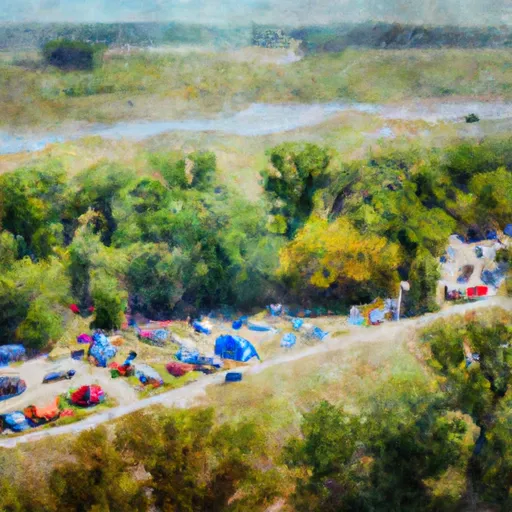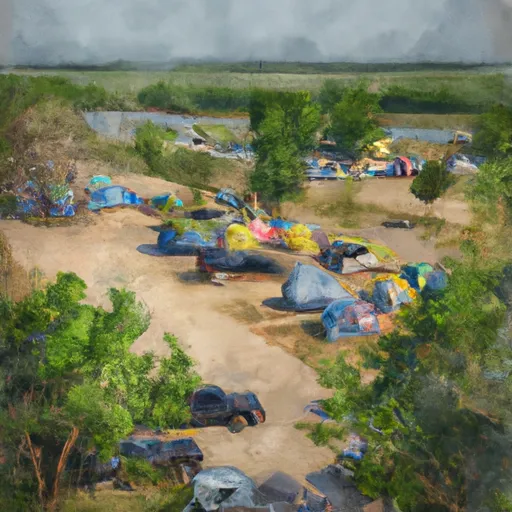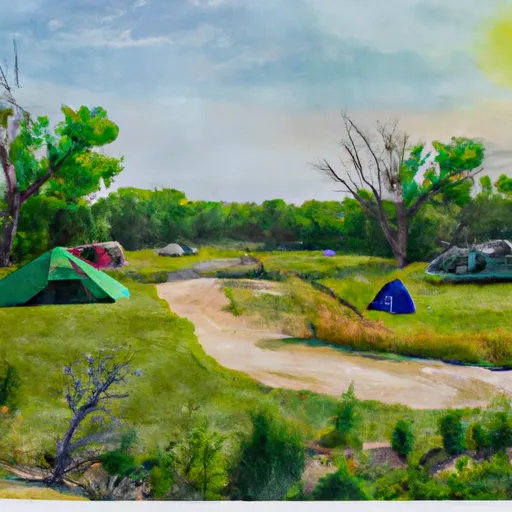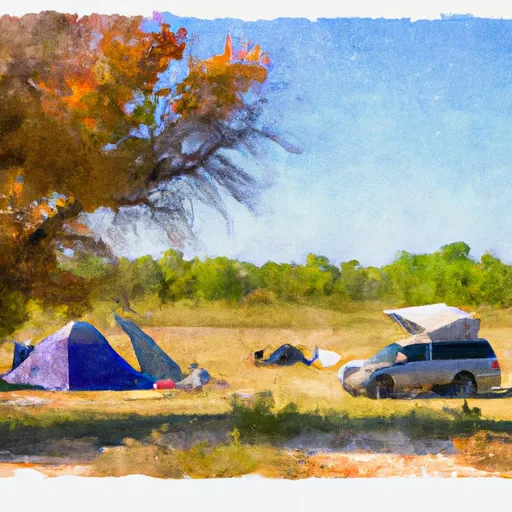Summary
The climate in Lawrence is characterized by hot summers and cold winters, with moderate precipitation throughout the year. Summers are typically humid with temperatures averaging in the 80s Fahrenheit, while winters can be cold with temperatures dropping below freezing.
The hydrology of Lawrence is influenced by the Kansas River, which runs through the city. The river not only provides scenic beauty but also serves as a source of water for various recreational activities. In addition, Clinton Lake, located just outside the city, offers opportunities for boating, fishing, and swimming. Both the river and the lake contribute to the diverse ecosystem of Lawrence, supporting a variety of plant and animal species.
Outdoor recreation enthusiasts will find plenty to enjoy in Lawrence. The city boasts numerous parks, trails, and green spaces that are ideal for hiking, biking, and picnicking. The Clinton State Park, adjacent to the lake, offers camping, horseback riding, and hunting opportunities. Additionally, Lawrence is home to several golf courses, making it a great destination for golf lovers.
Overall, Lawrence, Kansas provides a pleasant climate, ample hydrological resources, and a wide range of outdoor recreation opportunities for residents and visitors alike.
Weather Forecast
Lawrence receives approximately 971mm of rain per year, with humidity levels near 82% and air temperatures averaging around 13°C. Lawrence has a plant hardyness factor of 6, meaning plants and agriculture in this region thrive during a short period during spring and early summer. Most plants will die off during the colder winter months.

 Camp 12
Camp 12
 Camp 11
Camp 11
 Camp 13
Camp 13
 Camp 10
Camp 10
 Camp 2
Camp 2
 Camp 1
Camp 1
 Burcham Park
Burcham Park
 Constant Park
Constant Park
 John Taylor Park
John Taylor Park
 Woody Park
Woody Park
 Hobbs Park
Hobbs Park